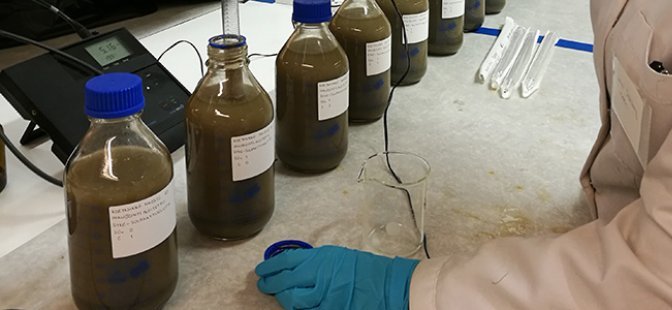
The Effects of Sulphate Loading on the Release of Phosphorus from Sediments
Sulphate and phosphorus cycle in the water system
According to recent research, element cycles of bottom sediments in freshwater water systems are strongly dependent of the sulphate content of the water. In places, the sulphate loading has been observed to have resulted in the increased release of phosphorus from the sediment. Understanding of the significance of the factors affecting the sulphur and phosphorus cycles for the internal load of a lake remains to be lacking.
Does sulphate undermine the benefits of water protection methods?
At the moment, the watershed of the Aurajoki river acts as a pilot area for gypsum treatment of agricultural clay soil and direct precipitation of phosphorus from river water. The measures to reduce the phosphorus loading that have been proven effective in preliminary research however increase the sulphate (SO4) loading on water systems. It must be studied how the increasing sulphate loading affects the release of phosphorus from the sediments in water systems in order to ensure that the water protection benefits from the potential future utilization of the methods are not reversed due to the increased internal phosphorus loading.
The aims and implementation of the research
The aim of the research project is to study the effects of sulphate on the phosphorus cycle between bottom sediments and the water above the sediments. The primary objective of the research is to produce research data necessary for the risk assessment needs in practical water protection work and to increase understanding of the biogeochemical processes taking place in freshwater sediments.
In the project, the effect of sulphate on the phosphorus holding capacity of the bottom sediment is studied through laboratory tests conducted with natural sediment. The test will help depict the reactions taking place in natural circumstances and find out the level of risk of phosphorus loading potentially caused by increasing sulphate content.
